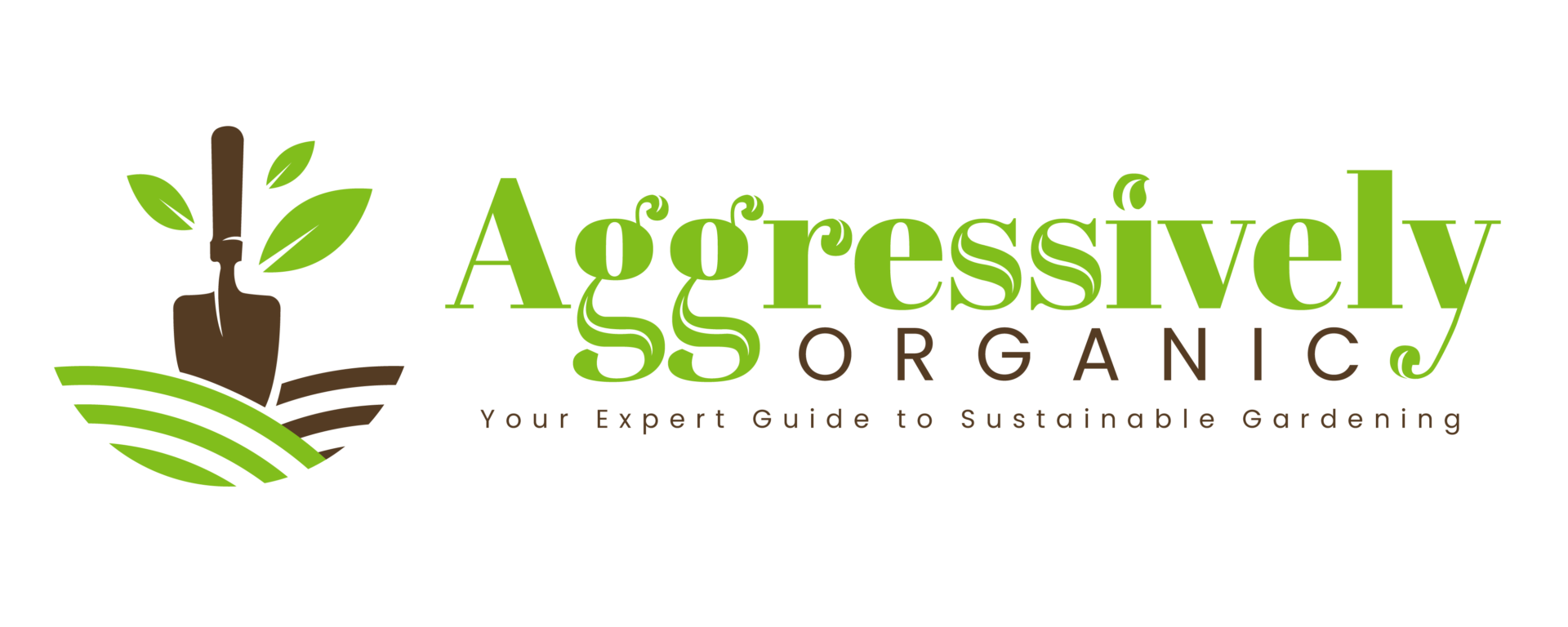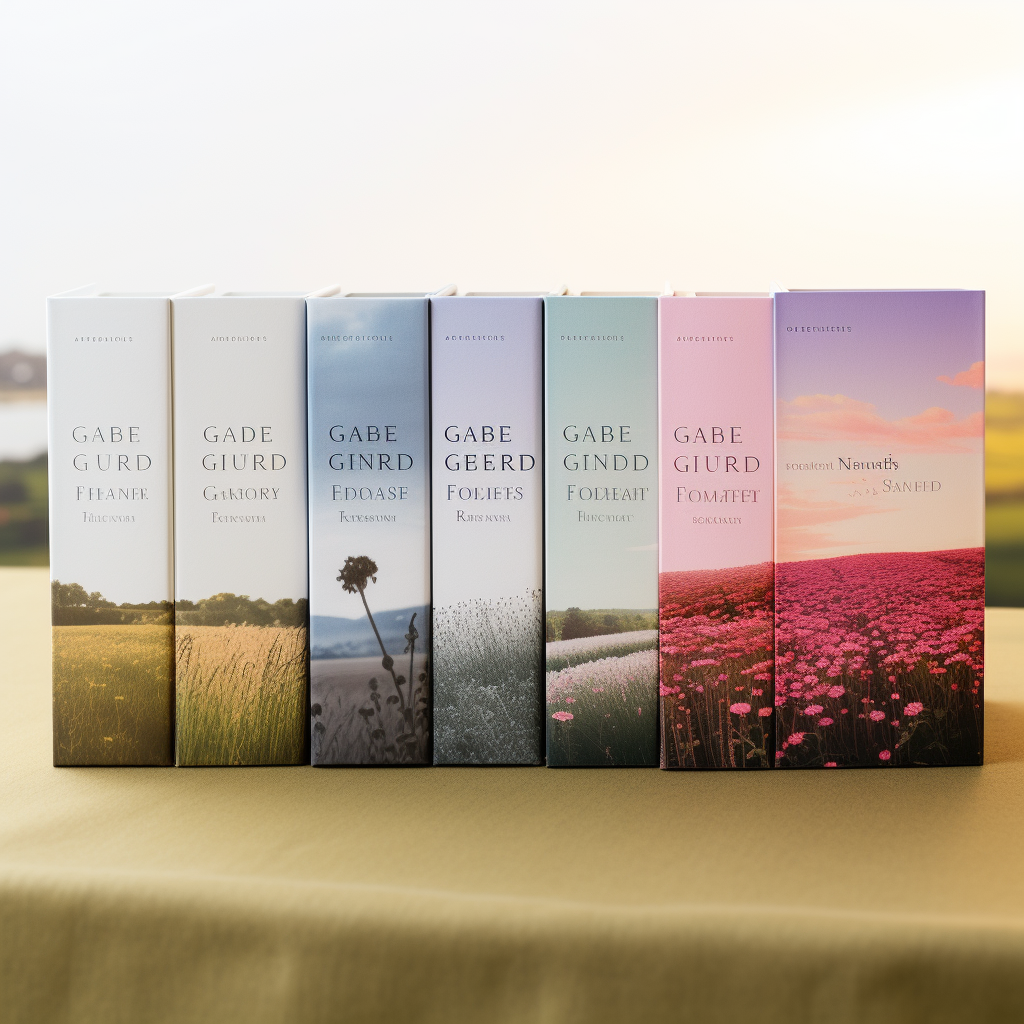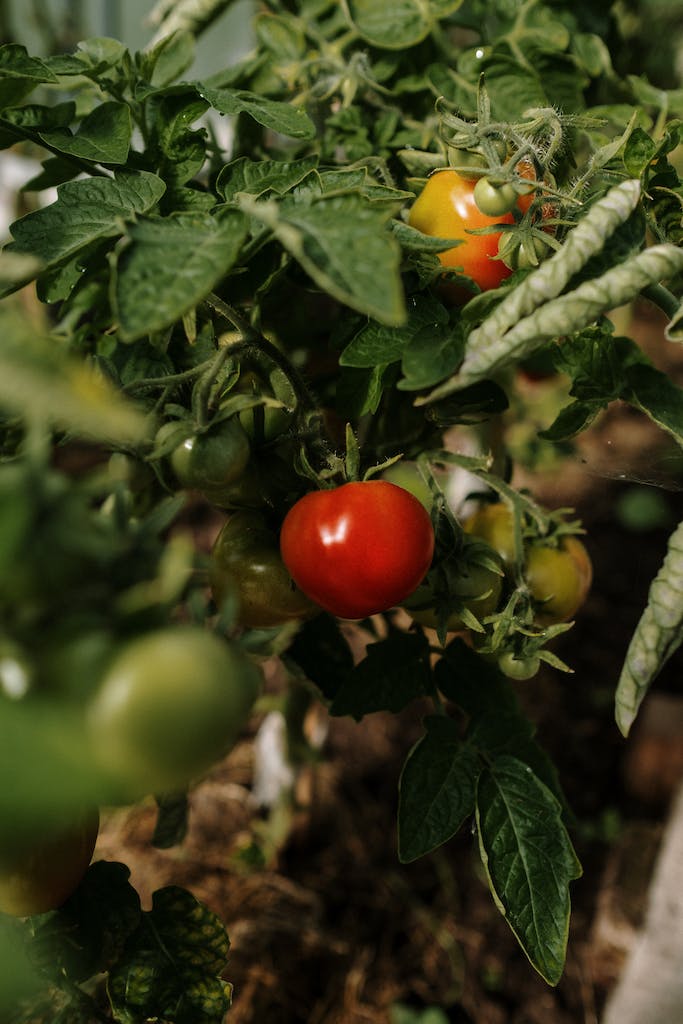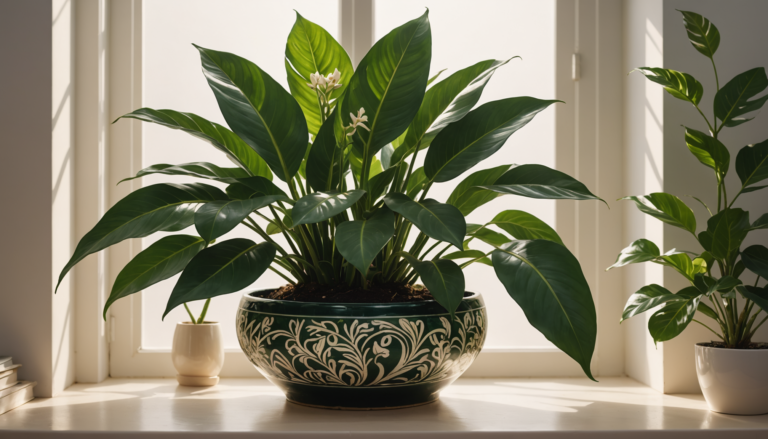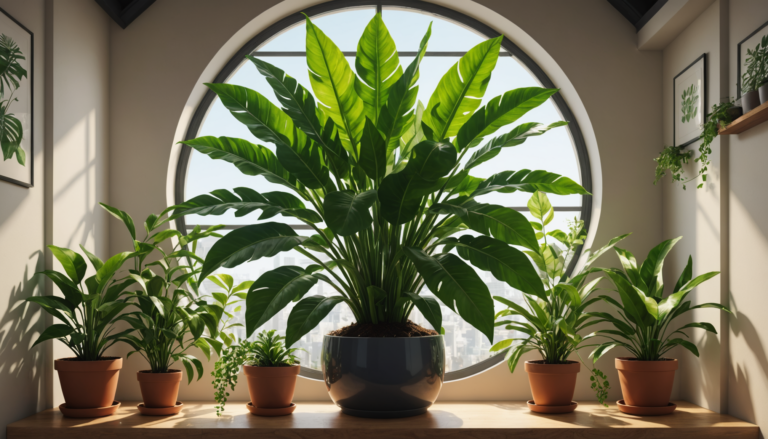Not every landscape designer possesses the sufficient know-how for deftly constructing durable outdoor spaces – it’s a distinct field entirely. Various components must be accounted for when building these areas. The correct guidance can typically make the difference between triumph and downfall in these endeavours.
In this guide, we’ll share with you the best books on landscape design that you can find in the market right now.
Our Top Selection
- Landscape Graphics — Grant W. Reid
- Principles of Ecological Landscape Design — Travis Beck
- Manual of Woody Landscape Plants — Michael Dirr
- Time-Saver Standards for Landscape Architecture — Charles Harris & Nicholas Dines
- Lawn Gone!: Low-Maintenance, Sustainable, Attractive Alternatives for Your Yard — Pam Penick
Let’s explain each book in detail.
1. Landscape Graphics by Grant W. Reid
- Used Book in Good Condition
- Reid, Grant (Author)
- English (Publication Language)
- 208 Pages - 09/01/2002 (Publication Date) - Watson-Guptill (Publisher)
Overview
Reid had a rather ambitious goal when he created Landscape Graphics. He wanted to start from the roots of landscape architecture by introducing basics like equipment, hand position, and lettering and later explain more complex matters like perspective and section.
One of the prominent advantages of this book is how organized it is, making it exceptionally useful for a landscape architect who’s just starting out. That doesn’t mean it’s not relevant for veteran designers, though.
Still, the book relies heavily on traditional drafting methods that don’t rely on computer-assisted design. In other words, with computers becoming more able to assist with garden and landscape designing, the book is becoming less useful over time.
Pros
- Well-categorized and easy to navigate
- Takes the reader from the very basics to more complex procedures
Cons
- Relies heavily on traditional hand designing, which makes it less relevant in the modern world
2. Principles of Ecological Landscape Design by Travis Beck
- Beck, Travis (Author)
- English (Publication Language)
- 296 Pages - 02/01/2013 (Publication Date) - Island Press (Publisher)
Overview
With the planet taking quite the damage from all human-made objects, going green and sustainable is more relevant now than ever.
Principles of Ecological Landscape approaches landscape designing from the ecological aspect, allowing landscape architects to create more sustainable designs.
The theory behind the book is that you must understand the landscape itself before you form a proper design. It’s also written in a way that’s easy to understand for those who are new to ecological design.
The one hiccup with this book is the lack of colored pictures. Both the printed and the Kindle editions have black-and-white pictures, making it fairly difficult to identify plant species from a landscape.
Pros
- Approaches the landscaping design from an ecological aspect
- Easy to understand even for newcomers
Cons
- Lacks colored photos
3. Manual of Woody Landscape Plants by Michael Dirr
- Used Book in Good Condition
- Dirr, Michael A. (Author)
- English (Publication Language)
- 1325 Pages - 01/01/2009 (Publication Date) - Stipes Pub Llc (Publisher)
Overview
The Dirr Manual is one of the best sellers on Amazon for a good reason: it’s basically a reference for designers focused on plant material.
The book is primarily made to help identify common woody plant material. However, it also provides content about aesthetic features, propagation strategies, and cultural requirements.
One of the reasons why the Dirr Manual is such a classic is the abundant amount of plant information you can find inside. Using the characteristics and plant identification tricks inside, you’ll face no plant that you can’t identify.
One thing you may not like here is the scarcity of pictures. The book is primarily text-based, making it somewhat too “dense” for younger students who need a bit more visual stimulation to stay engaged with a book.
Pros
- An encyclopedia of plant information
- The text gets readapted to include new information and to be utilized digitally
Cons
- Has minimum pictures
4. Time-Saver Standards for Landscape Architecture by Charles Harris & Nicholas Dines
- New
- Mint Condition
- Dispatch same day for order received before 12 noon
- Guaranteed packaging
- No quibbles returns
Overview
The Time-Saver Standards is a well-structured book that focuses on key elements that you can apply to any site design. The elements are also suitable for both small and large projects, making it an all-round reference for any landscape designer.
These elements include material details, construction documentation, and land planning.
Because of the detailed explanation and organization, this book is a perfect reference for those taking the L.A.R.E exam.
However, keep in mind that the majority of the book consists of text and complex drawings. If you prefer more illustrations and less text, this may not be the best choice for you.
Pros
- A highly detailed and well-organized book
- Suitable for large and small landscaping projects alike
Cons
- Text-oriented and not easy to read, especially for those who like illustrations
5. Lawn Gone!: Low-Maintenance, Sustainable, Attractive Alternatives for Your Yard by Pam Penick
- Used Book in Good Condition
- Penick, Pam (Author)
- English (Publication Language)
- 192 Pages - 02/12/2013 (Publication Date) - Ten Speed Press (Publisher)
Overview
Green landscaping isn’t just about designing and considering ecological principles; it’s also about optimizing the amount of money spent to maintain the final product.
However, that doesn’t always have to be the case. Instead of spending a lot of time and money maintaining lawns, you can instead opt for money-saving options explained in this book.
Lawn Gone talks about alternative grass that hardly needs mowing, resulting in minimum maintenance. It also talks about eco-friendly landscapes and regional plant recommendations.
One thing to keep in mind about this book is that it’s not as detail-oriented as other books on the list, making it more suitable for beginners over experienced landscapers.
Pros
- Focuses on reducing the maintenance cost of your yards
- Takes eco-friendly approaches into mind
Cons
- Not as detailed as other books on this list.
What Should You Look for When You Buy a Landscaping Book?
Here are the things to keep in mind before purchasing any of the books mentioned above:
What Is the Landscape You Have In Mind?
Is your landscape green or is it architectural? Are you primarily aiming to build a landscape or identify plants present within a landscape?
No landscaping book tackles it all; as such, you should buy the book that tackles the objective you need.
How In-Depth Do You Want the Book to Be?
Some books are more general than others, and they provide mainly a basic overview of landscaping.
Others are more detail-oriented and more specific in certain topics. The choice here depends on your experience level and your needs.
How Detailed Are the Illustrations?
If you’re a visual learner, you’d want to choose a book with clear visual illustrations, as these help you visualize different landscaping techniques.
Alternatively, if you want as much detail as possible, text-based books usually do it better.
While planning your landscape design, don’t miss out on the valuable insights and ideas available in our curated list, where you can explore more about structuring your garden and landscape using winter greenhouse kits.
The Verdict
Designing plant communities and small urban spaces requires a decent knowledge of outdoor spaces. The list of landscaping books we provided should have at least one book that would cater to your needs.
Go ahead and check the links we provided for each product to see if it’s suitable for you.
Last update on 2025-06-30 / Affiliate links / Images from Amazon Product Advertising API
